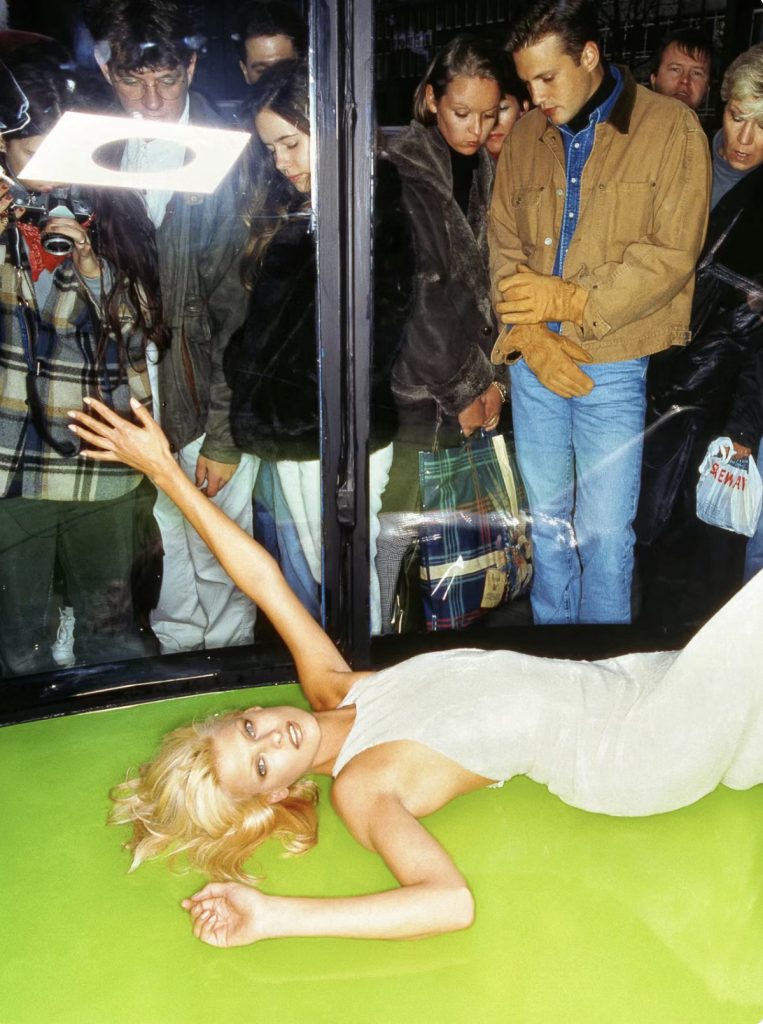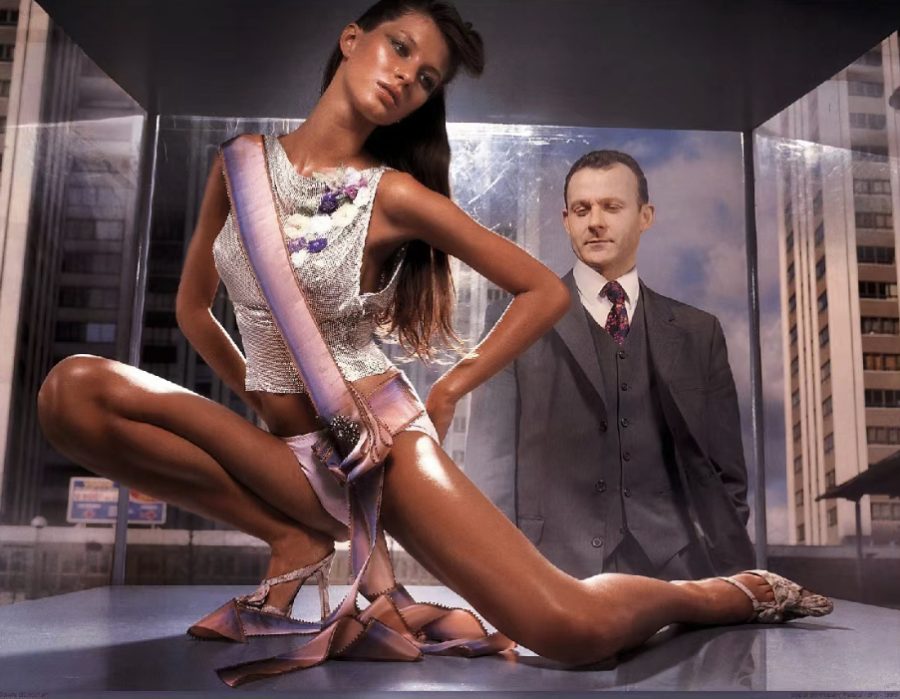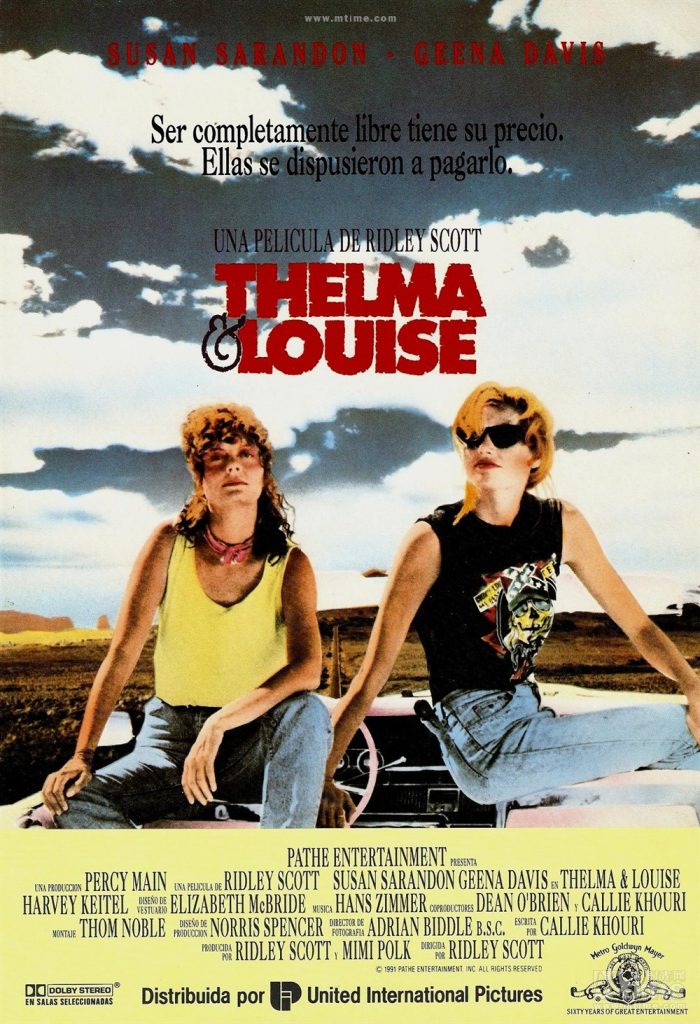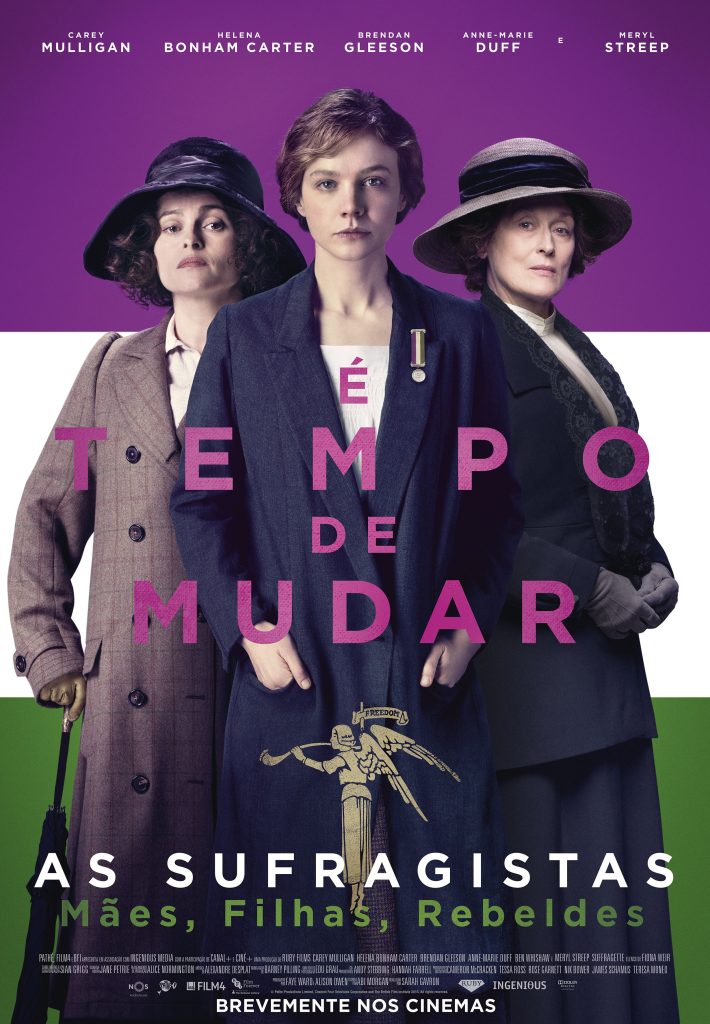What is the gaze:
The term gaze was coined by Lacan and extended by Foucault, where the gazer dwarfs, objectifies, and instrumentalises a three-dimensional human being from his or her own subjective desires by observing and evaluating the object of the gaze. It is a relationship of power in the social sense, where those in power scrutinise and regulate the powerless in a condescending manner.
The male gaze is not simply a gaze of admiration:
The male gaze is definitely not as simple as you look at me and I look at you, or it wouldn’t constitute a pain point. The male gaze does not stand alone; it is a part of the defence of the patriarchal system in the context of society as a whole, and in essence serves to consolidate the patriarchal system. It also reinforces the system of evaluating men and women on the gender dimension, whereby a man is evaluated on his social characteristics and a woman on her biological aspects. The male gaze is based on the physical or sexual value of women, and in this process sex is accompanied by possessive and aggressive behaviours. All the evaluations are formed in response to such a differentiated system of gaze. When sex is aggressive, women feel a strong sense of insecurity in the public sphere, and this insecurity is a product of the whole patriarchal context.

In 1995, fashion photographer Nick Knight photographed supermodel Linda Evangelista for the March issue of Vogue UK, placing her in a giant glass box with onlookers pointing their cameras, reflecting the scrutiny women face in life.
Ponder over:
There’s a debate about the gaze; is it a step forward or backward in affirmative action for everyone to get used to gazing together?I believe that “we all get used to being gazed at together” is a discourse trap set by men, which cleverly packages the male gaze, which is a social vice that should be condemned, as an aesthetic freedom. The reason why the same inversion of the gaze in women is unattainable in men is because the standard of the gaze is set in the context of the entire patriarchal structure. Forcing a levelling out on an already unequal base brings not equality but an increase in the rate of inequality.
What we can do about affirmative action:
Gaze at each other brings about confrontation between the genders and the exacerbation of stereotypes, and there is no way to really solve the problem. If we want to solve the problem, we should let men know more about women’s pain, take back the territory with education and literary works, and make more women’s films. Women’s cinema is not a gaze, but a stream-of-consciousness perspective that focuses on self-growth, which emphasises aurality, the absence of an aesthetic object, and a focus on the realm of the self and self-expression.The grandiose structure of patriarchy is the result of social violence inflicted on the emotional life of every ordinary individual. Both men and women are humbled under the gaze of this same patriarchal oppression.The day we rebel is the day we see the light again.
Reference listÂ
- Johanssen, J. (2019). Psychoanalysis and Digital Culture: Audiences, Social Media, and Big Data. London: Routledge.
- Loreck, J. (2016). Explainer: what does the ‘male gaze’ mean, and what about a female gaze? [online].
- Lowe, E. (2016). Laura Mulvey and the male gaze in the 21st century [online].
- Mulvey, L. (1989). Visual and Other Pleasures. London: Macmillan





Your article merges patriarchy and masculinity in an exciting discussion. I do not think patriarchy is the same as male power. In a patriarchal society, men are expected to be masculine and dominant. The more a male conforms to such standards, the better he is considered. The opposite is true of males who are not masculine. This is a multi-degree clarification of gender boundaries. I have always believed that our society should be diversified and not allow only two genders, male and female. So we should also revisit the male gaze.